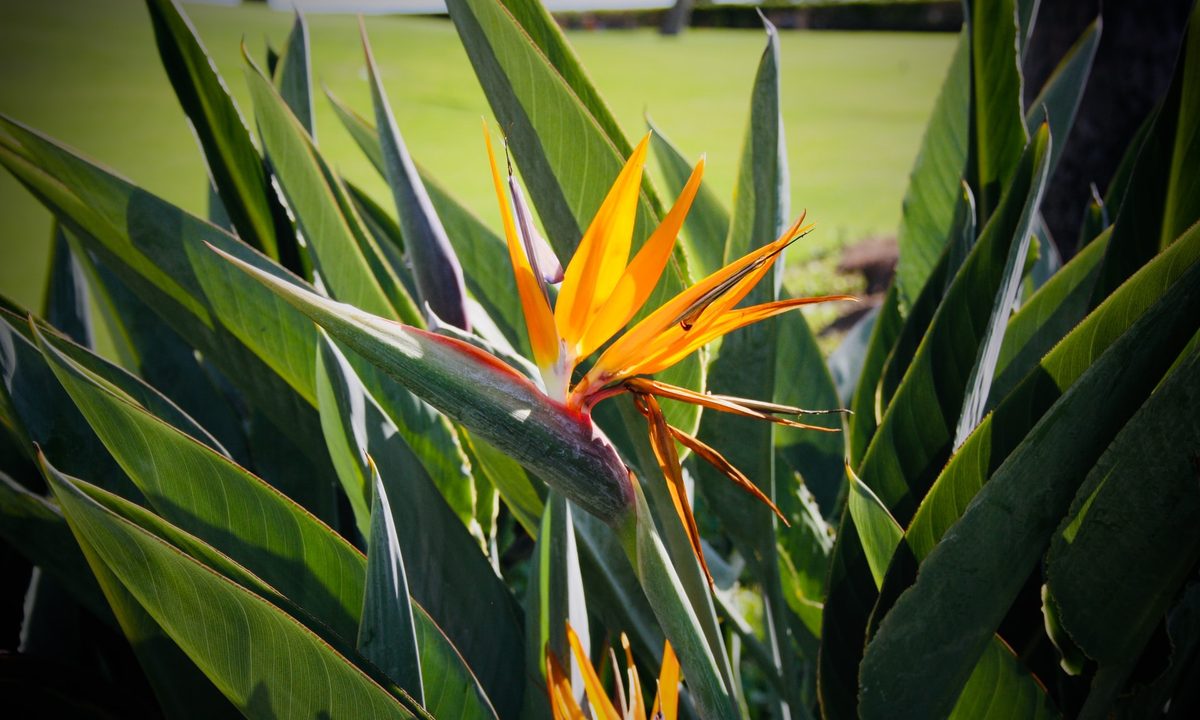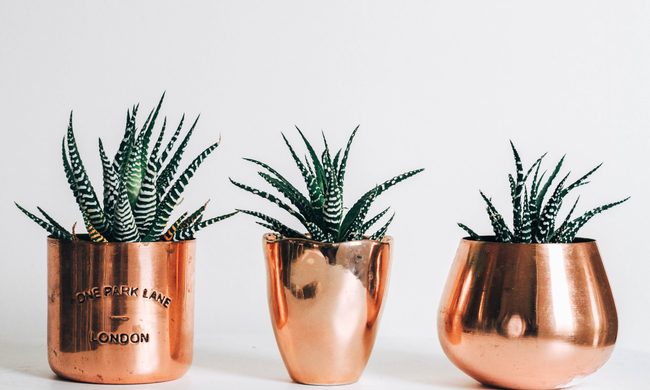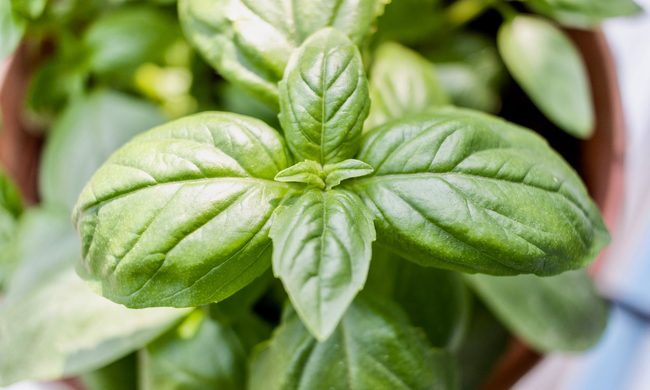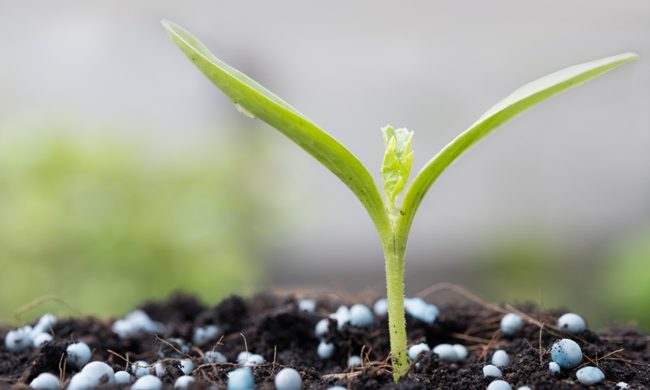A bird of paradise will bring beautiful greenery — and, if you’re lucky, gorgeous tropical flowers — into your home. They’re native to warmer climates but are regarded as a fast-growing houseplant whose leaves can get up to 18 inches long. As a houseplant, the bird of paradise can get up to 6-feet tall and is quite the investment. Still, if you have the space and time for these lovely plants, they are well worth the effort. To set you up for success, here’s what you need to know about bird of paradise plant indoor care.
Where to get a bird of paradise

There are five species of bird of paradise, two of which are the ones you’ll often see as houseplants. A bird of paradise houseplant can easily be purchased as long as you look in the right places! You can call or shop local nurseries in your area to see if they have any in stock. If you’re lucky, you may even come across someone looking to rehome their plant for free! And, of course, there are always plant delivery services like Bloomscape or The Sill. In most cases, they’ll deliver the plant directly to your door, complete with indoor care instructions.
Are they easy to care for?

The bird of paradise plant’s indoor care isn’t very complicated; however, given that they’re native to tropical climates, you’ll find that they need a lot of bright light to really thrive. It can take up to five years for a bird of paradise to bloom, which will be more likely to happen when given the right conditions. The bird of paradise should be fertilized once at the beginning of the growing season. If you live in a climate that has warmer summers, you can also pot your bird of paradise in a container that can be easily moved to an outside space for warmer days.
What about maintenance?
While the bird of paradise plant isn’t the easiest of plants to care for, it’s not a daunting task if you follow these guidelines.
- Keep the soil relatively moist while avoiding drowning the plant since it’s native to more humid climates and enjoys a humid environment.
- Check on your bird of paradise daily (which is a good thing to do for all your plants!) so you know when it needs water. You’ll know that your bird of paradise is being underwatered if the leaves farthest from the middle begin to yellow.
- Distilled water is your best bet, as it doesn’t respond well to chemicals found in tap water like salt of chlorine. It can be quite costly to buy distilled bottles of water to use only for your plants, so you can always buy an at-home water filter for your fridge or let your tap water sit uncovered for a day to allow harmful chemicals to evaporate.
- Keep an eye on light. Although the bird of paradise houseplant requires a lot of bright light to thrive, it doesn’t do well in midday direct sunlight. This type of lighting is often the harshest and has the potential to burn the leaves. Bird of paradise plants will do best with the bright, indirect light of an east- or west-facing window.
- Watch out for pests. Bird of paradise plants are vulnerable to aphids, mites, and scale bugs.
- Insecticidal soaps can be used to control or get rid of infestations; however, be sure to follow the specific directions for the insecticidal soap you choose. If you use too much, it could adversely affect your plant.
Getting your bird of paradise to bloom
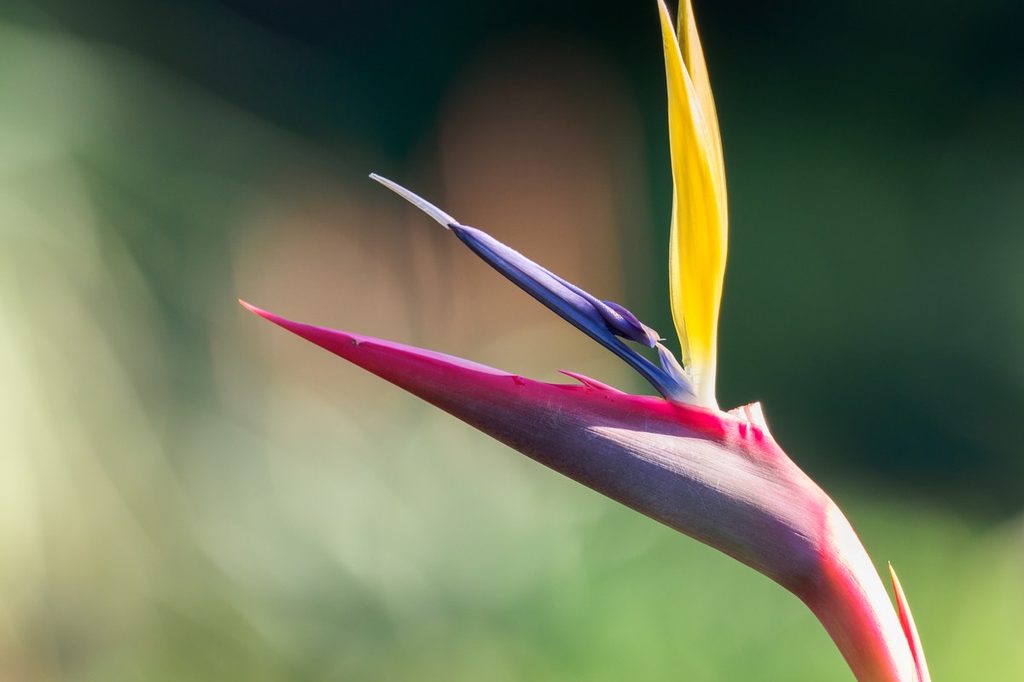
As with any flowering plant, the only way to encourage a bloom is to give it the best care possible. You’ll want to provide optimal conditions for your bird of paradise, including light, temperature, consistent watering, etc. If you’re lacking light, you can always purchase grow lights for the seasons when the plant is kept indoors. And keep in mind that this plant may not bloom for up to five years when it reaches full maturity.
Can you grow a bird of paradise plant outdoors?
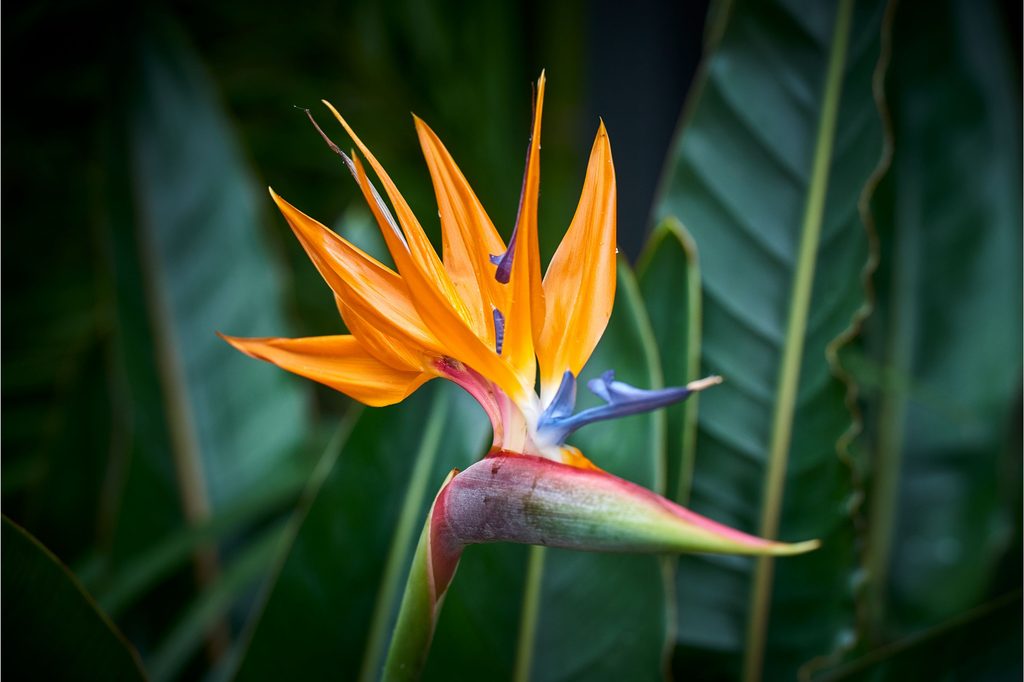
While they’re most common as houseplants, you may be wondering if you can grow a bird of paradise flower outdoors. The answer is yes, if you live in the right zones! As tropical plants, these lovely flowers are not suited for colder climates, and they can even struggle in some mild ones. USDA hardiness zones 10 and 11 are warm enough for these flowers to be planted outdoors, but they will need a bit more shade to protect them from the more intense sunlight. If you live north of zone 10, you can take your potted bird of paradise plant outdoors during spring and summer. However, you should move it back inside before the cool weather begins in fall.
Give it all the love and attention you can, maintain the growth, and with luck, you’ll get to experience a bright, tropical flower. Worst case scenario, your bird of paradise doesn’t bloom, and you still have a gorgeous leafy green plant to enhance your home.

